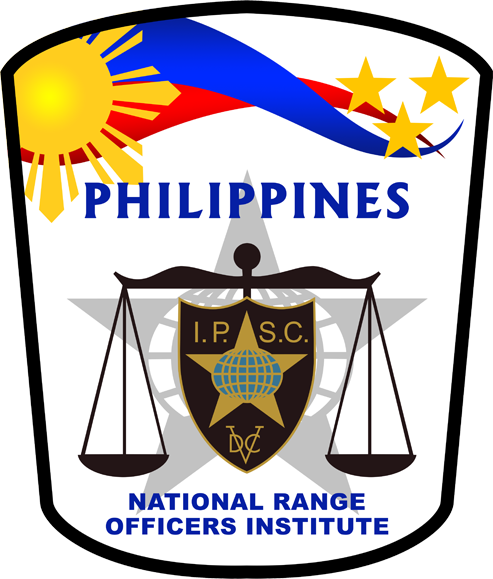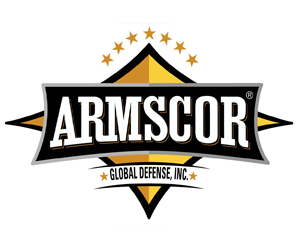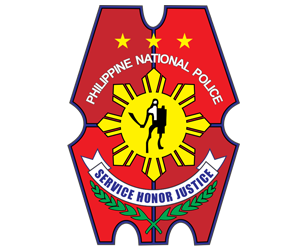SPORT OF PRACTICAL SHOOTING
The martial art of shooting can be traced as far back as the middle ages, but it wasn't until the 19th century that shooting developed into a competitive sporting activity. The sport of practical shooting as we recognize it today had its origins in United States way back in the 1950's where the primary handgun sport at the time was bull's eye shooting.
The center of this fledgling sport was in Southern California where a group of shooters including such illustrious names as Col. Jeff Cooper (acknowledged to be the father of the practical shooting sport), James Hogue, and Deputy Sheriff Jack Weaver (who developed the two-handed "Weaver Stance) got together and formed the Southwest Pistol League and proceeded to conceptualize the foundations of the sport and standardized the conduct of shooting competitions.
The competitions were known as "Leather Slap Matches" and were initially a test of how fast you could draw and hit a target. The men behind the Southwest Pistol League rediscovered the writings of such legendary theorists as William Ewart Fairbarn, formerly a policeman in Shanghai who taught his cops two-handed shooting way back in the 1920's. By experimentation, by competition, and by hard work Col. Cooper and his associates developed the canons for practical defensive pistol shooting which is the basis of the sport today.
PRIMER ON PRACTICAL SHOOTING
In the sport of practical shooting, the competitor must try to blend accuracy, power and speed into a winning combination. Targets are 75 centimeters by 45 centimeters with 12.5-centimeter center representing the "A" zone or the bull's eye. Most sport shooting scenarios takes place at close range, with rare shots out to 50 meters. Hitting a 12.5- centimeter "A" zone at 50 meters or less might seem easy to an experienced shooter, but in practical shooting only full power pistols are allowed (9mm or larger calibers). This minimum power requirement reflects the martial heritage of this modern sport, and mastering a full powered handgun is considerably more difficult than shooting a light recoiling target pistol especially when the competitor is going as fast as possible
Multiple targets, moving targets, targets that react when hit, penalty carrying no-shoot targets either mixed-in or partially covering other targets, obstacles, movement, competitive tactics and other relevant difficulties the course designer can dream up all combine to keep the competitors in practical sport shooting matches enthusiastic and the spectators entertained. While the rules of the IPSC state that the courses of fire should be realistic and practical, they also state that diversity is to be encouraged in order to keep the sport from becoming too formalized or standardized. As a matter of fact, some matches may even contain surprise stages where no one knows in advance what to expect in that particular course of fire.
Although the roots of practical shooting are martial in origin, the sport matured from its beginnings as combat arms - just as karate, fencing or archery developed from their own martial beginnings. Today, practical shooting is an international mainstream sport that emphasizes safety and safe gun handling, accuracy, power and speed in major competitions around the globe.
MATCH DIVISIONS
The international rules and regulations covering the sport of practical shooting are embodied in the competition rulebooks issued by the IPSC covering handgun, shotgun, rifle and tournament rules. These rules and regulations are periodically reviewed and updated during the conduct of IPSC General Assemblies where the elected representatives of the different IPSC Regions come together to set policy and govern the confederation.
In order to provide a level playing field for participating shooters, competitors are grouped into match divisions according to the type of firearm that they are competing with. For handguns, these divisions would include the Open Division, the Modified Division, the Standard Division, the Production Division and the Revolver Standard Division. Riflemen on the other hand, may compete in either the Semi-Auto Open Division, the Semi-Auto Standard Division, the Manual Action Open Division and the Manual Action Standard Division. Shotgunners may compete in the Open Division, the Modified Division, the Standard Division and the Standard Manual Division.
Competitions featuring a combination of any of the two or all three events (handgun, rifle or shotgun) where the final scores of the competitors in each of the featured events are added up to determine the aggregate champions are called tournaments.
SCORING METHODS
Courses of fire may be scored either using the "Comstock" method, the "Virginia Count" or the "Fixed Time" method as may be specified by the course designer. The Comstock method allows the competitor to engage the course of fire with an unlimited number of rounds and an unlimited time that stops on the last shot fired. The stipulated number of hits per target will count for score.
The Virginia Count method also allows the competitor to engage the course of fire with an unlimited time that stops on the last shot fired, but limits the number of rounds that the competitor may shoot per target. The Fixed Time method limits not only the number of rounds the competitor may shoot per target, but also the time by which they may engage the course of fire.
Competitor scores on each stage are ranked according to division in descending order, and accorded with the corresponding number of stage points. All the stage scores of competing shooters in a given match are added up to determine the aggregate match points, and the shooter that accumulates the highest number of match points is declared the match winner for the division entered.
MATCH LEVELS
There are five levels of practical shooting competitions recognized in IPSC's competition rulebook. These levels of competition were essentially defined based on the number of courses of fire that a competitor must complete in the competition, and not necessarily because of the level of difficulty that the shooting challenge presents to the competitor.
These levels of competition are as follows:
Level I - Intra-club shoots consisting of at least 10 competing gun club members and at least one stage or shooting scenario that has been approved for sanctioning and scheduled by the PPSA.
Level II - Inter-club shoots consisting of at least 50 competitors and at least five stages or shooting scenarios that has been approved for sanctioning and scheduled by the PPSA.
Level III - International matches consisting of at least 150 competitors and eight stages or shooting scenarios that have been approved for sanctioning and scheduled by the IPSC.
Level IV - Continental Championships consisting of at least 200 competitors and twenty five stages or shooting scenarios that has been approved for sanctioning and scheduled by the IPSC once every three years for each continent or IPSC Zone.
Level V - World Shooting Championships or World Shoots consisting of at least 300 competitors and thirty five stages or shooting scenarios that has been approved for sanctioning and scheduled by the IPSC one every three years.
The World Shoot is considered as the Olympics of Practical Shooting and the best shooters of each IPSC member region participate in this very prestigious event. The World Champion is the best of the best in the international practical sport shooting community.





